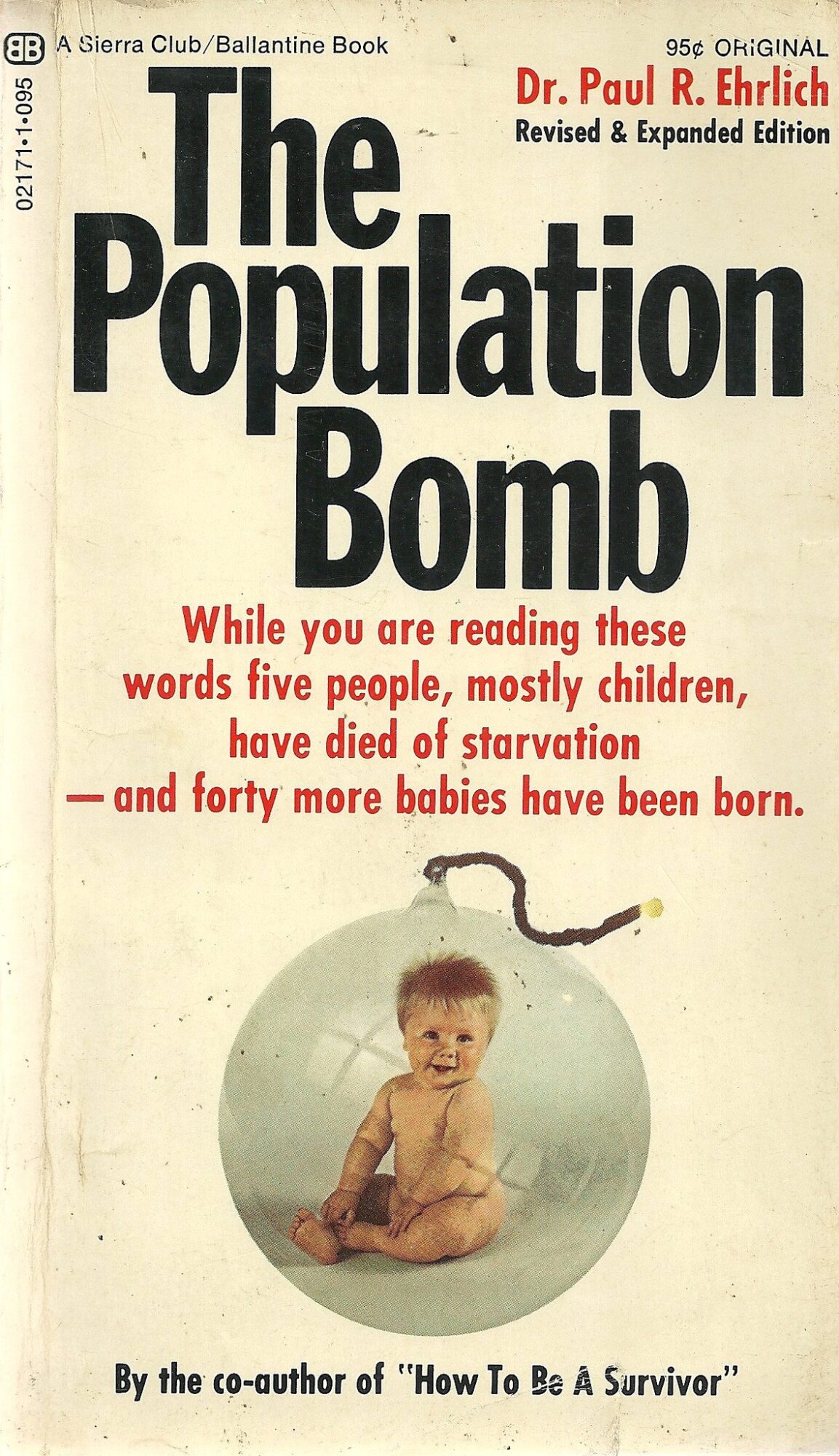After we overcome the fear for the virus we are going to have to face an old enemy, the fear of the future. Climate change, economic depression, civil unrest, war, you name it. These are all possible answers to the question “why do you fear the future?”. For the last 10 years there has been a never-ending fear campaign for the future. Scientists saying that we would have run out of oil, or that ice caps would have melt away, or again that we would have overpopulated the planet until turning it into an infernal nightmare due to fighting over resources. What has this led to? Let’s have a discussion about it.

Learn from the past
“The world, especially the developing world, is rapidly running out of food… In fact, the battle to feed humanity is already lost, in the sense that we will not be able to prevent large-scale famines in the next decade or so”.
The above sentence surely looks like one written by some politician or a climate expert of today, but it’s actually much older.

It is a sentence coming from the late ‘60s, from biologist Paul Ehrlich, the famous author of the book “The population bomb”. It predicted massive famines and massive die-off events, as well as social upheavals, by the end of the millennium and even before that. Well, more than 50 years after that prediction none of those catastrophic forecasts happened. It seems, though, that the trend to sell the people the nightmare of the end of the world is still alive and well today.
Do not get me wrong, I believe that we should fix our course of action and fix the planet in any way we can. However, what I am questioning is the narrative which is promoting lack of hope and very anti-human sentiment. In fact, mantras like “we are too many on earth” or “we are all going to die in a decade” are constantly in the news. This lack of hope and information is doing nothing but spread this bleak and terrible vision of the future that we are all afraid of.
Science is on our side
We just saw how much of a pessimist narrative was around 50 years ago, and how things turned out for the better. The main reason for this great present, despite the expectations, lies in science. Things like new forms of energy, optimization of systems, new eco-friendly materials used in all fields, and the amazing advancements in science all contributed. Unlike the most catastrophic predictions, not only have we not died, but the average life span has increased. Food is always abundant and probably will be for a while, special thanks to crop engineering. So not only we haven’t died, but we are well fed too, and yet the distrust in the future persists.
Young generations, more than anyone, share this distrust for the future maybe not for the above-mentioned reasons but for another, housing. The rapidly changing job market is making it hard for young people to think they can afford a house. However the same technological progress which take away jobs is most likely going to lower prices virtually everywhere.
For example, 3D-printed houses, will probably revolutionize the housing market. With the average price ranging between 10,000 to 15,000 dollars, they will make a perfect option for those who cannot afford to spend much money on housing and also care about environment. In fact, these houses will be designed to be small and most of the times self-sustaining, designed to be a part of a future where there is room for everyone.

My words are not meant to support a lack of care for the future and general skepticism. I support all type of change, may it be green energy, electric cars or anything else, yet my words aim at debunking the pessimist narrative which a lot of today’s Paul Ehrlich are selling to the public.



